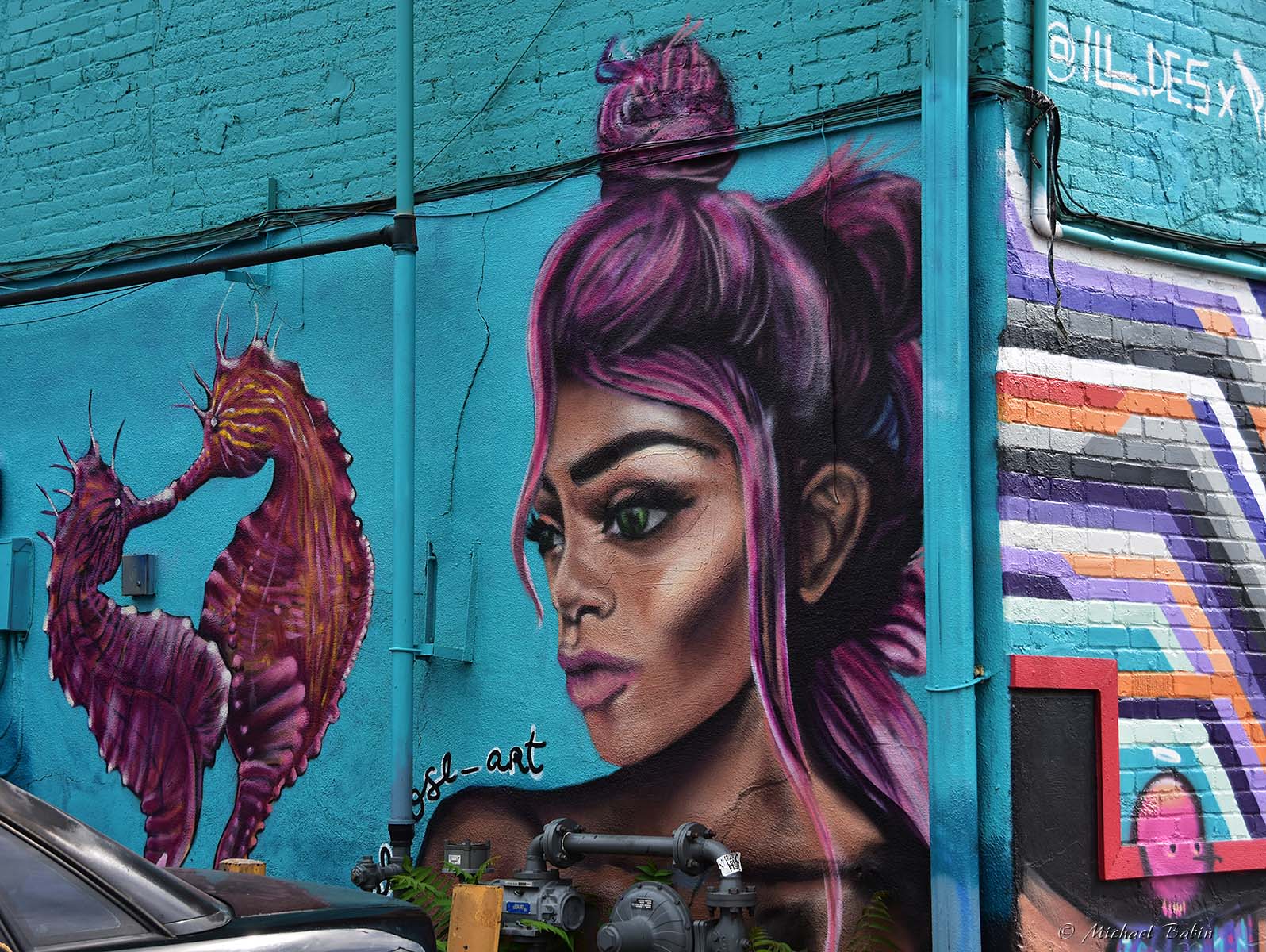The time is flying... Just yesterday we were still so young and could not believe we could meet 21 century. Year of 2000 was so far away and the future seemed so blurry blurry and smoky... And now, only a couple days later, we couldn't believe that we are living in 21 century, and have almost one fifth of it behind... Oh my... how the time is flying, how the things are changing over time...
What
is it about, asking you? I am just in a philosophical mood, I guess... I was looking at the pictures of Santa Fe Drive I've taken a couple years ago and that
made me think about the past and present, about changes that happened in this area over decades...
But let's start from the
beginning... Santa Fe Dr area is one of the oldest districts of Denver.
93 percent of its residential blocks were half or more developed before
1900 and the remaining seven percent developed between 1900 and 1914. It
grew as most Denver hubs did, with the gold rush, and especially the
rise of the railroad.
First known as "West
Denver," the neighborhood was home to Denver's working class families.
The threat of flooding in the area stigmatized the neighborhood as one
for the lower class: no mansions here! Smelting, milling and brewing
industries thrived along the South Platte River, and soon many
immigrants called West Denver Home. At the turn of the century, many
Mexicans arrived, fleeing the revolution of 1910.
Many
immigrants called this place their home over the years and this is no
surprise here - all they needed was affordable living, the jobs nearby
and some people next door, who can understand their language and give a hand if needed.
The danger of flooding is nothing when you have your family and friends
living nearby...
But 20s century moved on and
everything was changing all the time. Slow, but unstoppable. West Denver
becomes just Denver and almost downtown (this is only 20-30 minutes walk
to downtown, actually). Factories moved out of the area. Some
renovations touched the district, but it didn't change much.
The
late 1950s saw a new era in urbanization throughout the nation,
affecting living standards and precipitating cultural, political, and
social changes. The area to the north of La Alma-Lincoln Park, now
known as the Auraria Higher Education Center (AHEC), was deemed
“blighted” by the Denver Urban Renewal Authority (DURA) and other
business organizations, and in 1966 was slated for redevelopment. By
1973, all the residents of the largely Latino community were forced to
relocate, with many resettling in nearby La Alma-Lincoln Park. This
bitter legacy informs long-time residents’ fears of gentrification and
displacement.
2006's Neighborhood Assessment led to the 2010
development plan, by which the community is developing today. What we
call Santa Fe Art District was founded in 2003 as a nonprofit membership
organization and one of the first Certified Creative Districts in the
state. But it took more years to change people's perception and bring
more and more visitors to the area.
And all
these changes brought there not only conventional artists, but also street
artists, who changed the appearance of the street, especially the alleys and
dark corners. In fact, I see it as pretty positive changes, the graffiti
refreshed the view of the ancient (and cold looking) 100 years old
buildings and created a new look of the street. Graffiti here somehow
connected the beginning and the end of the 20 century, one of the
longest and most tragic centuries in human history. The loop is closed,
the road ends here and we can see it in modern art covering old walls.
Somehow
the graffiti drew most of my attention this day, so take a look at them
too. You don't need to like them, but we have to admit, this is what they call an art these days...
Pictures were taken on August 08, 2018.





































No comments:
Post a Comment